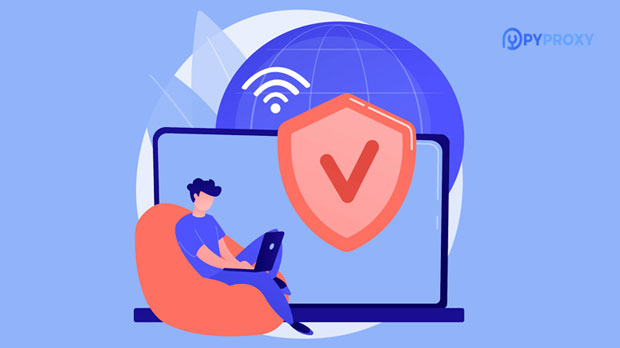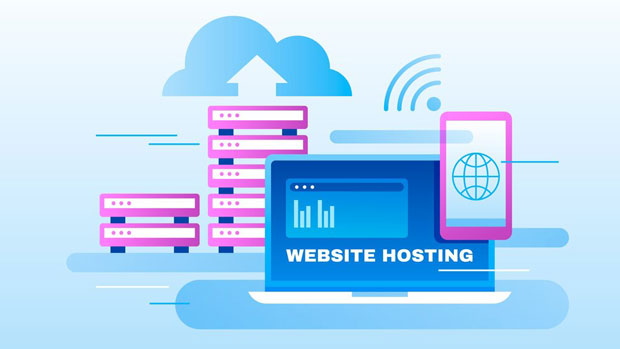In today's digital landscape, online privacy and security are becoming increasingly crucial. As a result, proxies have gained popularity among businesses and individuals seeking to protect their identity and ensure smooth browsing. Among these proxies, IP residential proxies and data center proxies are two of the most commonly used options. An IP residential proxy is an intermediary server that routes internet traffic through real residential IP addresses, while a data center proxy is hosted in a data center and uses non-residential IPs. This article explores the concept of IP residential proxies, contrasts them with data center proxies, and discusses their key differences, highlighting their respective advantages and practical uses for customers. Understanding IP Residential ProxiesAn IP residential proxy is a type of proxy that uses IP addresses assigned by Internet Service Providers (ISPs) to real residential users. These proxies route internet traffic through genuine home devices, making them appear as though they are being accessed by everyday consumers. Since the IP addresses are real residential IPs, they are less likely to be flagged or blocked by websites, making them an attractive option for tasks that require high anonymity.Residential proxies are highly beneficial for web scraping, ad verification, and accessing geo-restricted content. Businesses can use these proxies for market research, gathering large amounts of data, and monitoring competitors without facing the risk of being detected or banned. Due to the legitimate nature of residential IPs, these proxies are also ideal for bypassing regional restrictions, as they can emulate user behavior from different locations.What is a Data Center Proxy?A data center proxy, on the other hand, is hosted in a data center rather than being linked to an individual or residential IP. These proxies provide users with an IP address from a pool of data center servers, meaning they are not tied to real residential addresses. Data center proxies are typically faster and more affordable than residential proxies due to their centralized nature and higher availability.However, since data center proxies use IP addresses that are not tied to real homes or devices, they are often easier to detect and block by websites and services. Many websites have mechanisms in place to detect suspicious patterns of traffic, and since data center proxies can be used in bulk by many users, they are more likely to be flagged as malicious. Despite this, data center proxies still have significant advantages, particularly when it comes to tasks that do not require high levels of anonymity.Key Differences Between IP Residential and Data Center Proxies1. Origin of IP AddressesThe primary difference between IP residential proxies and data center proxies lies in the origin of the IP addresses. Residential proxies utilize real IP addresses provided by ISPs to homeowners, making them appear as legitimate internet users. In contrast, data center proxies use IPs that are sourced from data centers, which are not tied to residential areas. As a result, residential proxies offer a higher level of authenticity, which makes them harder to detect.2. Anonymity and DetectionResidential proxies provide a higher level of anonymity because they use real, residential IPs that are less likely to be flagged by websites. These proxies simulate everyday internet users, making it harder for websites to distinguish between normal traffic and proxy-based access. On the other hand, data center proxies are easier to detect due to their high-volume usage and their association with data centers rather than residential locations. Websites are more likely to flag data center proxies as suspicious, especially when they notice unusual traffic patterns coming from a large number of IPs in the same data center.3. Speed and ReliabilityData center proxies are generally faster than residential proxies. Since they are hosted in centralized data centers with dedicated servers and high-performance networks, they offer low latency and high-speed performance. This makes them suitable for tasks that require speed, such as large-scale web scraping, accessing public information, and other non-sensitive operations. On the other hand, residential proxies may experience slower speeds due to the nature of the IPs being routed through home networks, which can have lower bandwidth and processing power compared to data centers.4. CostCost is another significant difference between residential and data center proxies. Residential proxies are generally more expensive due to their high level of anonymity and the costs associated with renting real residential IP addresses. Since data center proxies are not tied to real users and are hosted in data centers, they are typically more affordable, making them a popular choice for large-scale operations where cost-effectiveness is a priority.5. Use Cases and ApplicationsIP residential proxies are ideal for applications that require high privacy, anonymity, and access to geographically restricted content. They are commonly used for web scraping, bypassing geo-blocked websites, performing ad verification, and handling sensitive browsing tasks where being detected as a bot could lead to penalties.In contrast, data center proxies are suitable for tasks that do not require the same level of privacy or authenticity. They are often used for accessing public data, running automated processes, managing multiple social media accounts, or conducting competitive intelligence research. Although data center proxies are more vulnerable to detection, they provide cost-effective solutions for routine operations that do not require bypassing strict security measures.Which Proxy Should You Choose?The decision between IP residential proxies and data center proxies largely depends on your specific needs and the nature of the tasks you intend to perform. If privacy, security, and bypassing regional restrictions are your main priorities, residential proxies are the better choice. They offer greater reliability and are less likely to be blocked by websites.However, if you require speed and cost-effectiveness for more routine tasks that do not demand high levels of anonymity, data center proxies may be more suitable. They are fast, affordable, and sufficient for many operations, such as data collection and public web scraping.In conclusion, both IP residential proxies and data center proxies serve unique purposes, and choosing the right one depends on your specific use case. Residential proxies offer greater privacy and are harder to detect, making them ideal for high-stakes tasks where anonymity is crucial. Data center proxies, while faster and more affordable, are more prone to detection but are sufficient for many standard internet activities. By understanding the differences between these two types of proxies, you can make an informed decision that best suits your needs and goals in the ever-evolving digital landscape.
May 15, 2025






















































